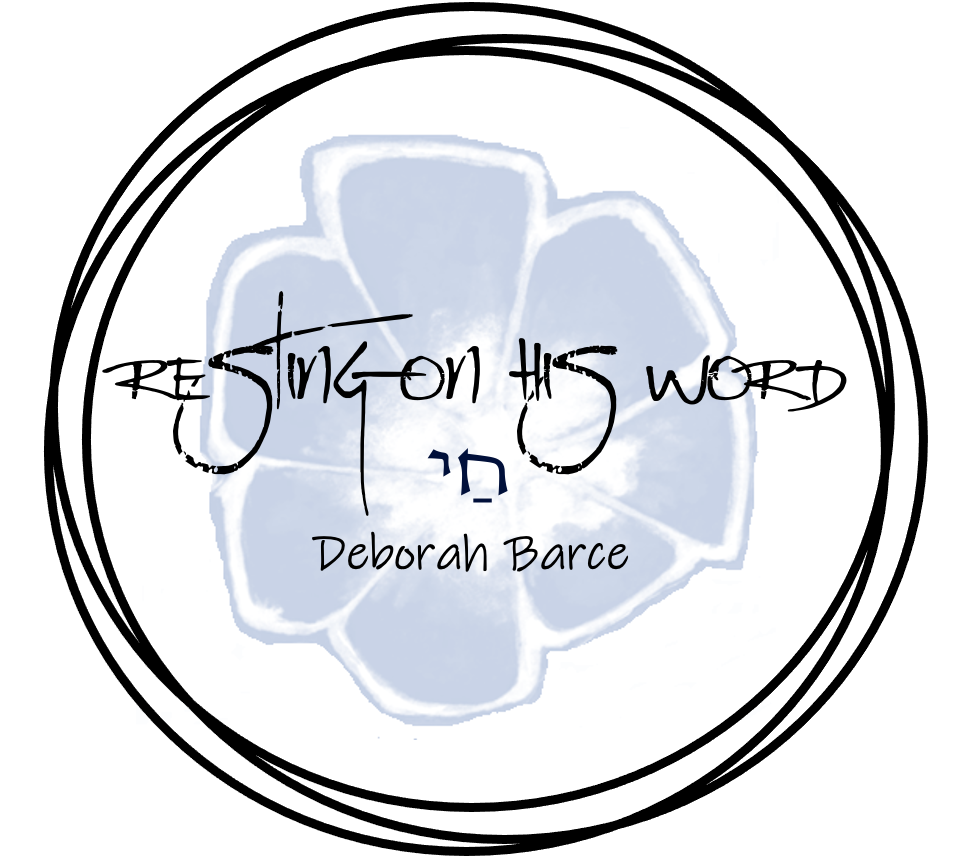Life in the Presence of Death
The message behind this piece speaks of hope, restoration, reconciliation, redemption and revival!
In Ezekiel 37, the prophet Ezekiel is taken by God’s Spirit to a valley full of very dry bones. The imagery is striking—bones scattered across the valley floor, with no sign of life or hope. The dry bones in this passage represent the people of Israel. They had been exiled, scattered among the nations, experienced spiritual death, and hopelessness.
The scene is bleak, but God gives Ezekiel a command that defies logic: "Prophesy to these bones and say to them, 'Dry bones, hear the word of the Lord!'" (v. 4). The bones begin to come together, bone to bone, sinews and flesh form, and skin covers them—but there is no breath in them. God tells Ezekiel to prophesy to the breath (the Spirit) from the four winds to bring life to these bodies (v. 9-10).
This action demonstrates the power of God's Word and the working of the Holy Spirit to do the impossible. What was dead and dry at God’s command begins to stir with life. Similarly, God’s Word has the power to revive even the most hopeless situations.
It reminds us that no situation, no matter how dire, is beyond the reach of God's redemptive power.
There is a deeper spiritual meaning, pointing to the restoration of Israel, then and now. God would breathe life into them again—not just physically, but spiritually. It also speaks to individual’s renewal. Just as God’s Spirit breathed life into the dry bones, the Holy Spirit revives our spirits from death.
In Christ, we have been brought from death to life (Ephesians 2:5). Our spiritual resurrection isn’t just a future hope; it’s a present reality.
The statement, “So, you may know that I am the LORD” (vs. 13) is repeated over and over throughout the book. It is a a powerful reminder that no matter how far gone we or our situations may seem, God is the ultimate source of hope.


